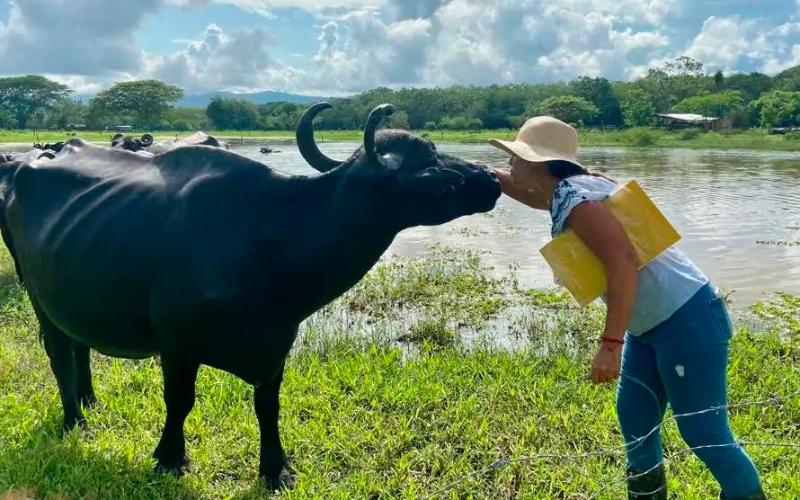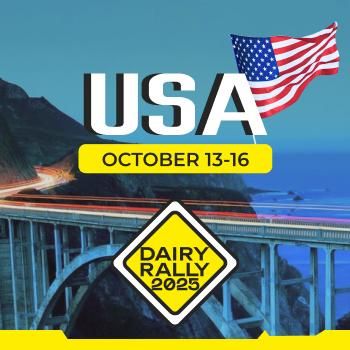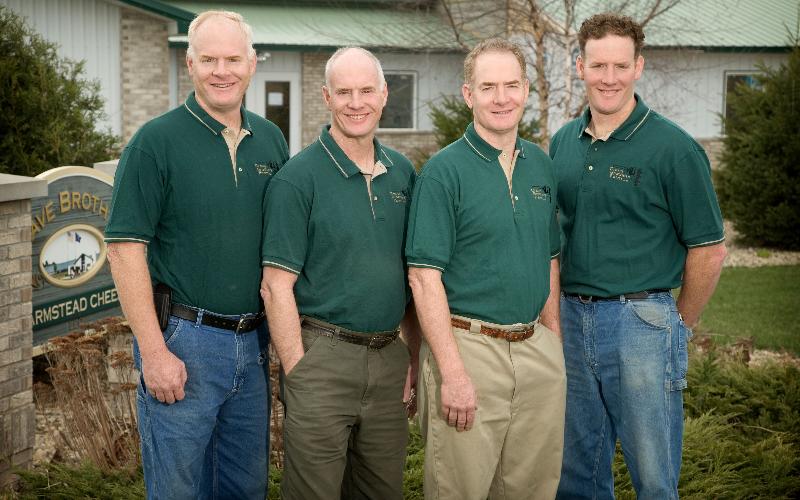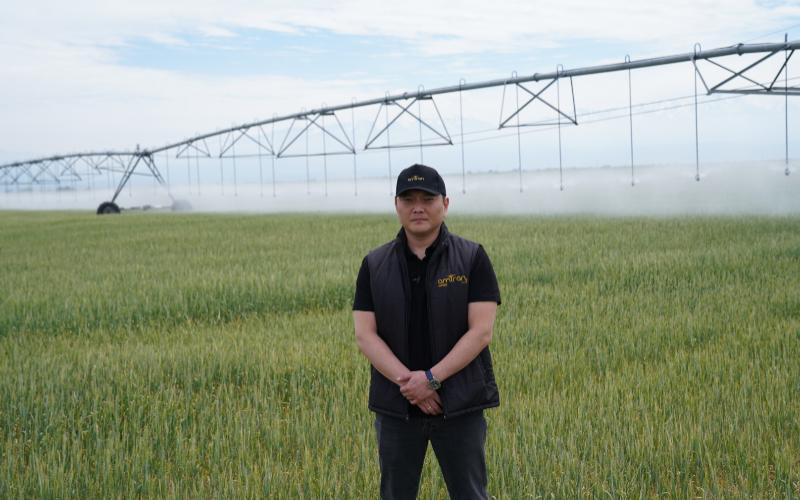Feeding beef cows at sunset or at night results in calves being born in daylight

The idea of night feeding was proposed by Manitoba rancher Gus Konefal in the 1970s. He found that 80% of his cows calved between 7:00 a.m. and 7:00 p.m. when they were fed later. Konefal's method involved two feedings within 24 hours: the first feeding from 11:00 to noon and the second from 21:30 to 22:00.
Research at Iowa State University found similar results, Johnson said. He reports that in one of the largest trials, involving 1,331 cows on 15 Iowa farms, cows were fed once a day at dusk. Result: 85% of calves in these herds were born between 6:00 a.m. and 6:00 p.m.
Scientists have not confirmed why the practice of night feeding works, but the prevailing theory is that it promotes a hormonal effect that puts pressure on the cow's rumen.
Adele Harty, former cow-calf specialist at South Dakota State University, offers some tips to help make the Konefal method more successful:
- Research shows that for this method to be most effective, it should be started a month before calving, but a shorter period before calving will still have some effect.
- The State of Iowa recommends keeping the same feeding schedule and amount of food, as much as possible, every day. Deviation of more than 15 minutes or introducing too much feed will result in less than desirable results.
- This works best in dry conditions. The desired effect of grazing may not be seen unless supplemental hay or grazing timing is adjusted.
- Weather can play a role in efficiency. Before or during a storm, cattle may not come to feeders to eat and are more likely to calve at night.
- Additional research suggests that a first-calf heifer that calves during the day will tend to calve during the day for the rest of her productive years.













